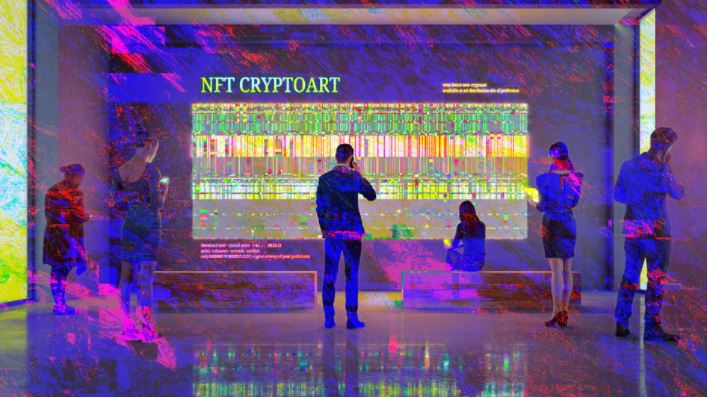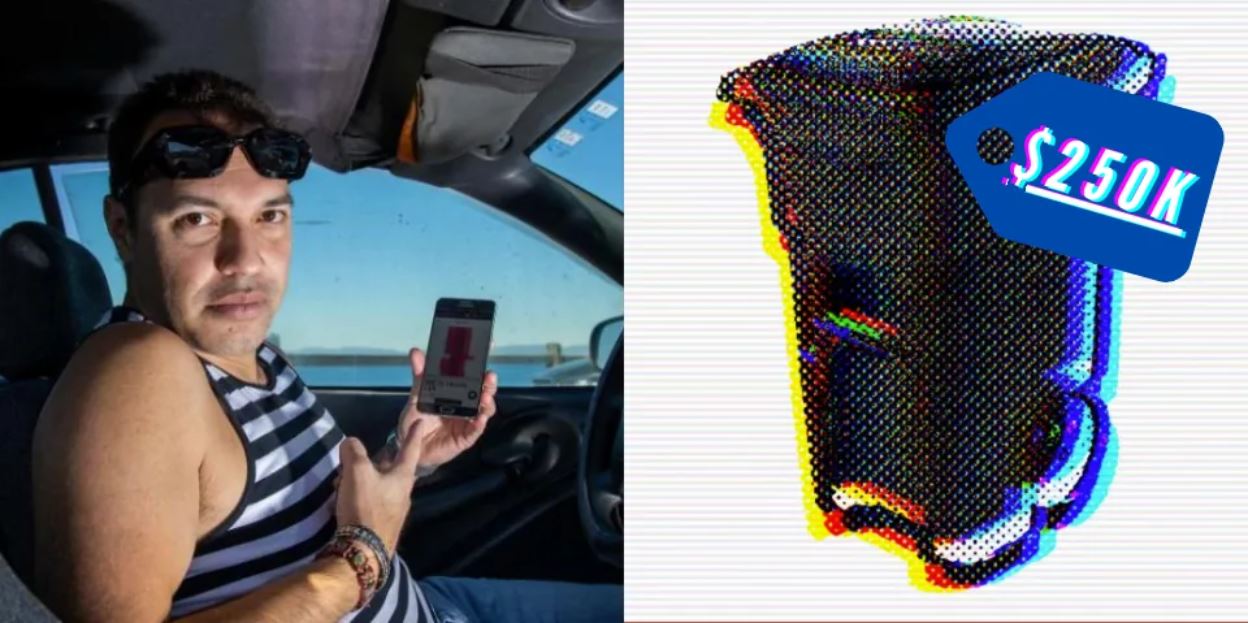In the dynamic world of e-commerce, businesses in Malaysia need reliable and efficient tools to facilitate seamless transactions, enhance customer experience, and optimize operations. Choosing the right payment gateway provider, website builder, and point of sale (POS) system is crucial for success. In this article, we will explore five essential points to consider when selecting these solutions: payment gateways in Malaysia, payment gateway providers in Malaysia, website builders in Malaysia, and point of sale systems in Malaysia. Let’s dive in and discover how these tools can simplify your business operations.
Secure and Efficient Payment Gateways
Payment gateways are the backbone of any online business. When selecting a payment gateway in Malaysia, prioritize security features such as SSL encryption, PCI-DSS compliance, and robust fraud detection mechanisms. Look for gateways that support a wide range of payment methods, including credit cards, e-wallets, and online banking options popular in Malaysia. Additionally, ensure that the chosen payment gateway integrates seamlessly with your e-commerce platform or website builder.
Reliable Payment Gateway Providers
Partnering with a reputable payment gateway provider in Malaysia is essential for smooth transactions and customer trust. Look for providers with a strong track record, excellent customer support, and competitive pricing. Consider factors such as transaction fees, settlement periods, and international payment capabilities. A reliable provider should offer transparent reporting and analytics, enabling you to monitor transaction data and make informed business decisions.
User-Friendly Website Builders
A user-friendly website builder is crucial for creating an engaging online presence. Look for website builders in Malaysia that offer intuitive drag-and-drop interfaces, customizable templates, and responsive design options. These features will allow you to build a visually appealing and functional website without the need for extensive coding knowledge. Prioritize website builders that offer seamless integration with e-commerce platforms and payment gateways, enabling you to showcase products or services and facilitate transactions effortlessly.
Streamlined Point of Sale Systems
For brick-and-mortar businesses, having a reliable point of sale system in Malaysia is vital. Look for a POS system that combines hardware and software to streamline transactions, inventory management, and sales reporting. Seek systems with features like barcode scanning, receipt printing, and multiple payment options. Cloud-based POS systems offer added flexibility, allowing you to access sales data and manage your business from anywhere. Integration with your e-commerce platform can further enhance inventory synchronization and customer data management.
Scalability and Future Growth
When selecting payment gateways, website builders, and point of sale systems, consider the scalability of these solutions. As your business grows, you may require additional features, expanded payment options, and increased transaction volume. Ensure that the chosen tools can accommodate your future needs without significant disruptions or the need for frequent migrations. Scalable solutions provide a foundation for long-term growth, allowing you to focus on expanding your business rather than continuously reevaluating and switching systems.
Selecting the right payment gateway provider, website builder, and point of sale system is essential for businesses in Malaysia. By prioritizing secure and efficient payment gateways, reliable providers, user-friendly website builders, and streamlined POS systems, you can simplify your operations, enhance customer experience, and position your business for success in the competitive e-commerce landscape.









